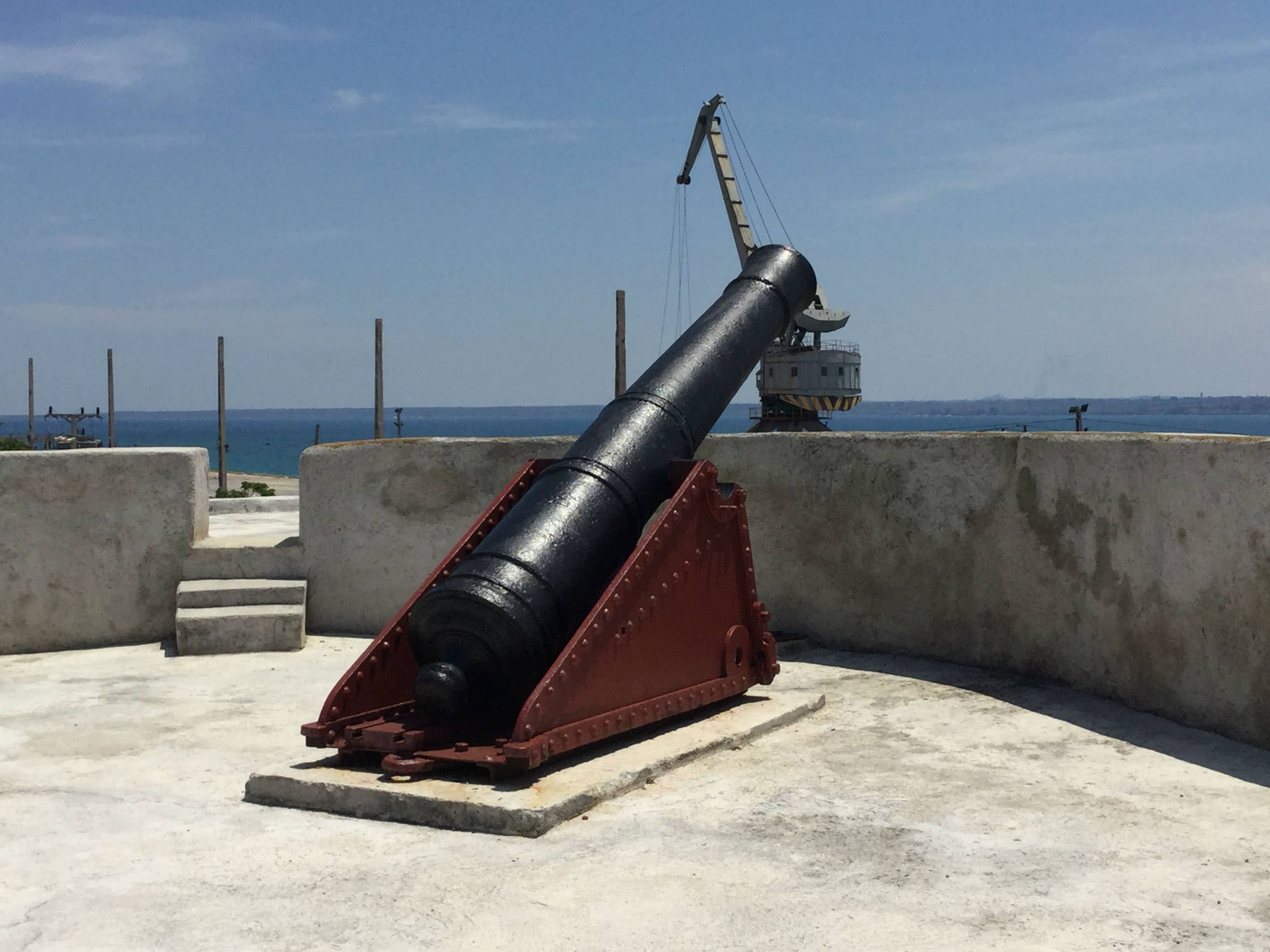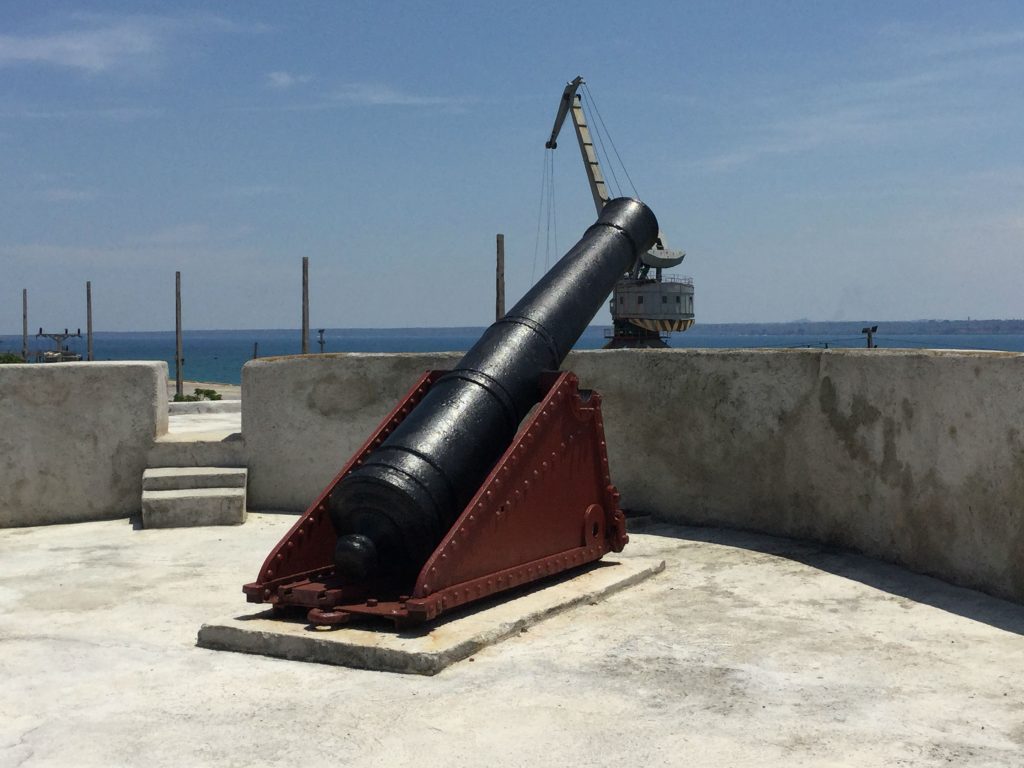
When you think of Cuba, old cars, cigars, mojitos and Buena Vista Social Club come to mind, not exactly things your children might appreciate. But if you’re willing to venture a few miles outside of Havana, you’ll find a wealth of family oriented actives for all ages.
Castle de San Severion
Located two hours from Old Havana in the town of Matanzas, this 17th century fort served as the stopover for slave ships sailing from Africa to the Americas and beyond. The building houses many artifacts from that time including shackles, tools, ritual drums and correspondence. The museum also contains a collection of statues representing the various deities (Orishas) of the African religion Santeria. Tour guides are on hand to give an overview of each deity and the religion itself.
In the fort’s courtyard, visitors can walk the same path where slaves were led to the iron-barred holding cells while waiting to be sold. The size and the condition of these cells remain as they were during that period. The dark, cramped quarters where hundreds awaited their fate are an emotional sight. Small children and the sensitive at heart may have difficulty touring this section of the museum.
Above the courtyard visitors can see the guard posts, cannons and the bell which sounded the alarm for incoming ships.
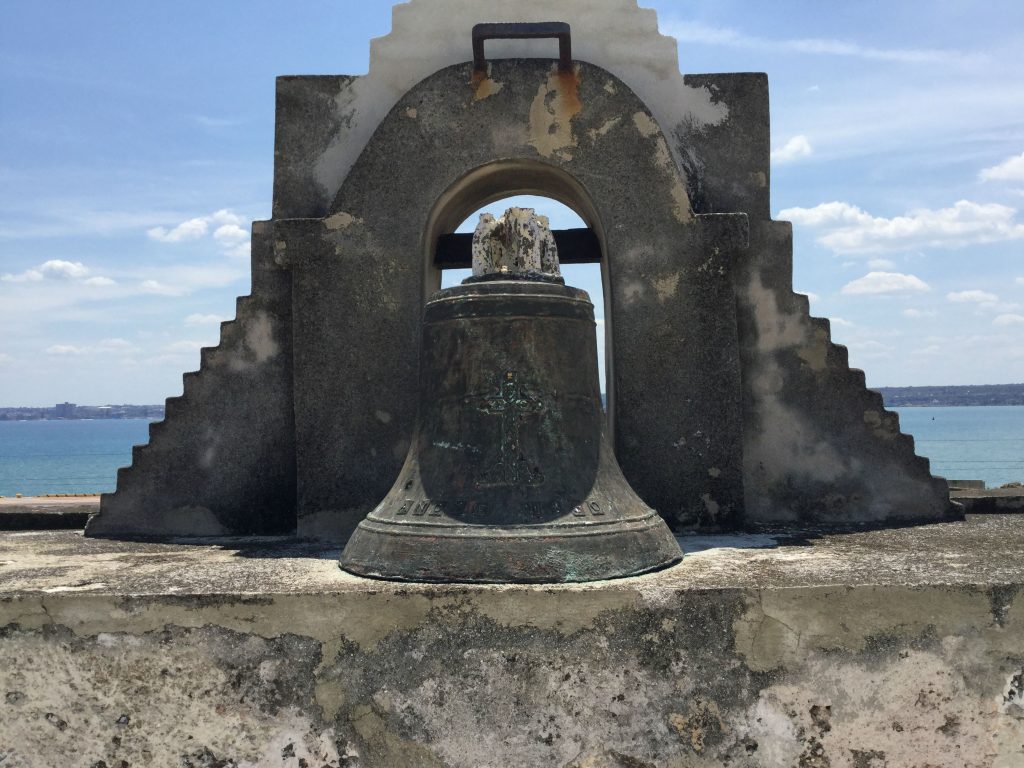
Ediciones Vigia
If books are your thing, then Ediciones Vigia is for you. Also located in Matanzas, not far from the Castle, this bindery does things the old fashioned way. Every book is handmade. Covers, pages, illustrations, everything is done in-house. The entire production facility is housed in one room and you can watch as a masterpiece is assembled. The workers produce 200 handmade books from start to finish every day and every genre of book is produced. Books are available for purchase.
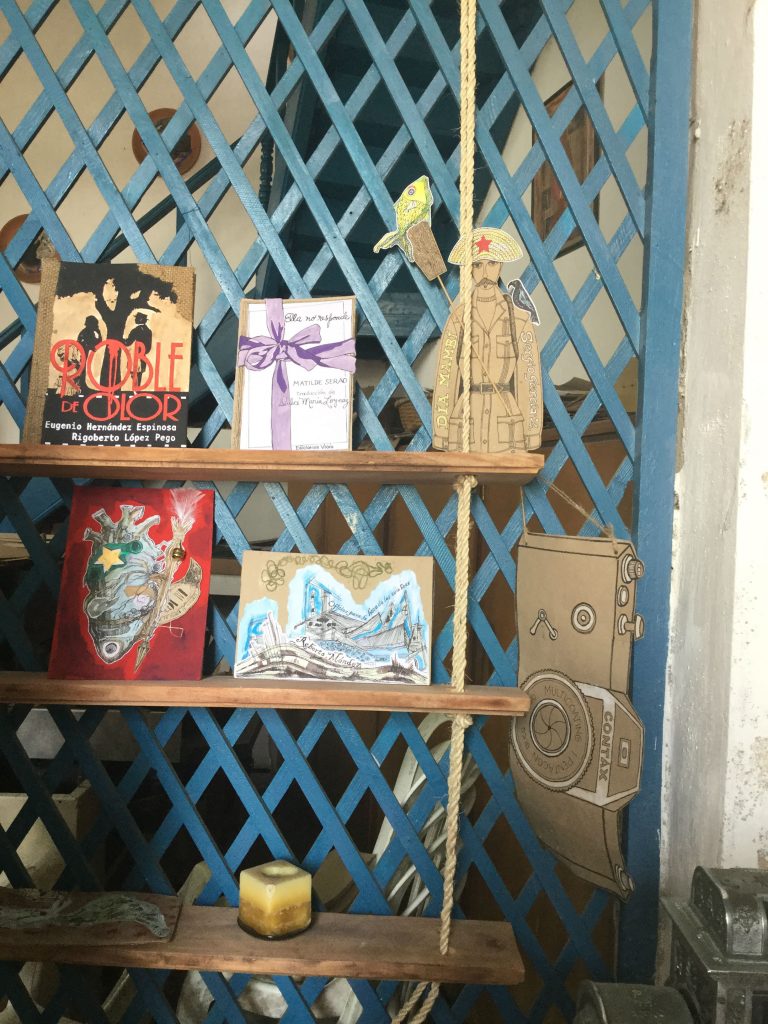
Elian Gonzalez Museum
In the town of Cardenas is the Elian Gonzalez Museum which documents the story of six-year old Elian who was found floating in an inner tube off the coast of Florida after a boat carrying Cuban emigrants sank. Elian was the sole survivor and his rescue sparked an international custody battle between his father in Cuba and relatives in Florida. The dispute lasted for more than a year before the child was seized and returned to Cuba. The museum documents Elian’s life before and after the ordeal with lots of photos, media clippings and correspondence between the US and Cuban governments. This is great place for students studying current events and civics to better understand issues about citizenship and government relations.
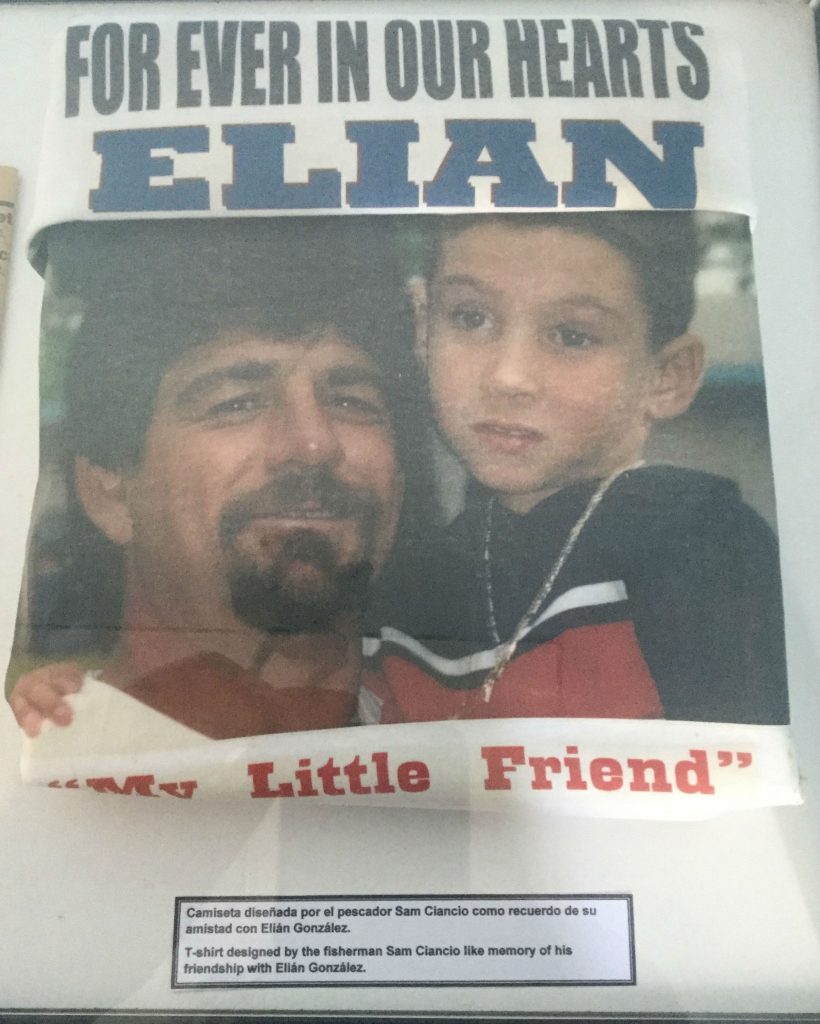
Museo Nacional de la Campaña de Alfabetizacion (Literacy Museum)
This museum is dedicated to the Cuban literacy campaign created by Fidel Castro and Che Guevara to aid Cuban citizens in learning to read and write. The campaign, “Yes, You Can” lasted for one year. At its completion, 707,212 adults had been taught to read and write and the country’s literacy rate rose to 97%. Literacy brigades went into the countryside to construct schools, train new educators, and teach people. The museum has many of the original learning materials used as well as the heartfelt thank you letters written to Fidel by the Cuban people. Most of these letters were from people still practicing their newly learned skills. The program was such a success, it was used by other countries in Africa, Asia and the Caribbean. This museum is an excellent place to spark a dialogue about the importance of education and how social campaigns can make a difference.
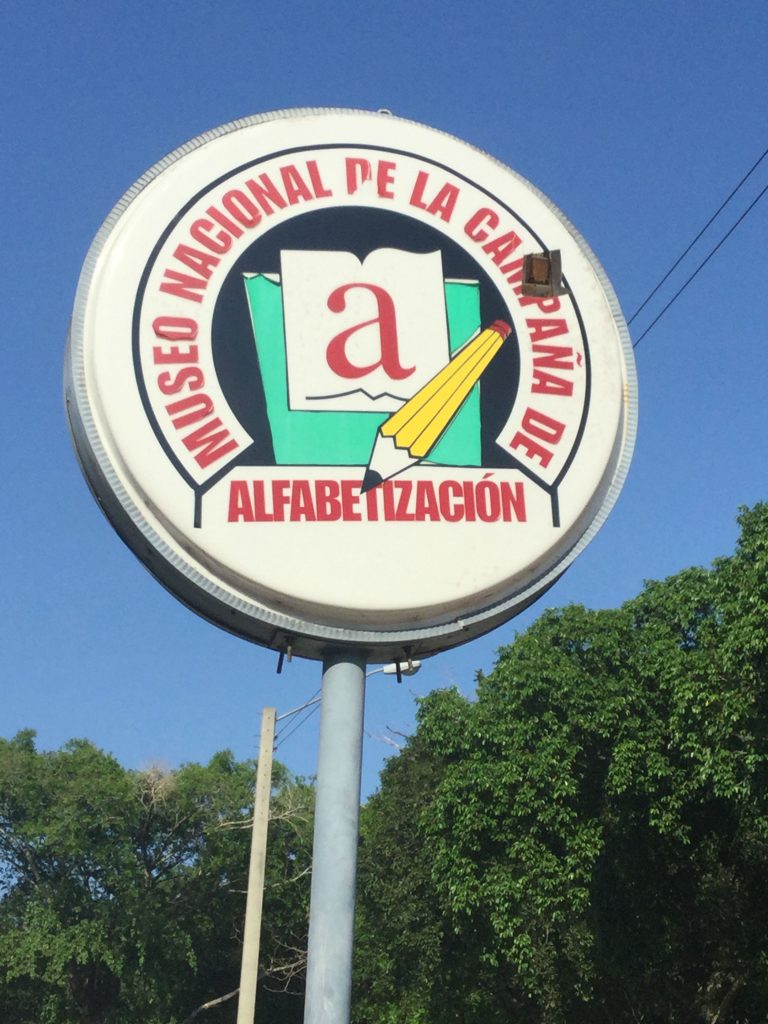
Delfinario
If you’re looking to commune with nature and make some animal friends, Delfinario is the place to go. Located in Varadero, about two hours outside Old Havana, the dolphin show will be a hit for everyone in the family. These dolphins put on a fantastic show. If you’re there during a special occasion (i.e. birthday, anniversary, etc.) let them know when you buy your tickets. The dolphins will serenade you. If you really want to get up close and personal, there are also opportunities to swim with the dolphins in private sessions. In addition, there are various farm animals and camels. Yes, there are camels in Cuba. You can take a brief camel ride or take a selfie with your new best friend.
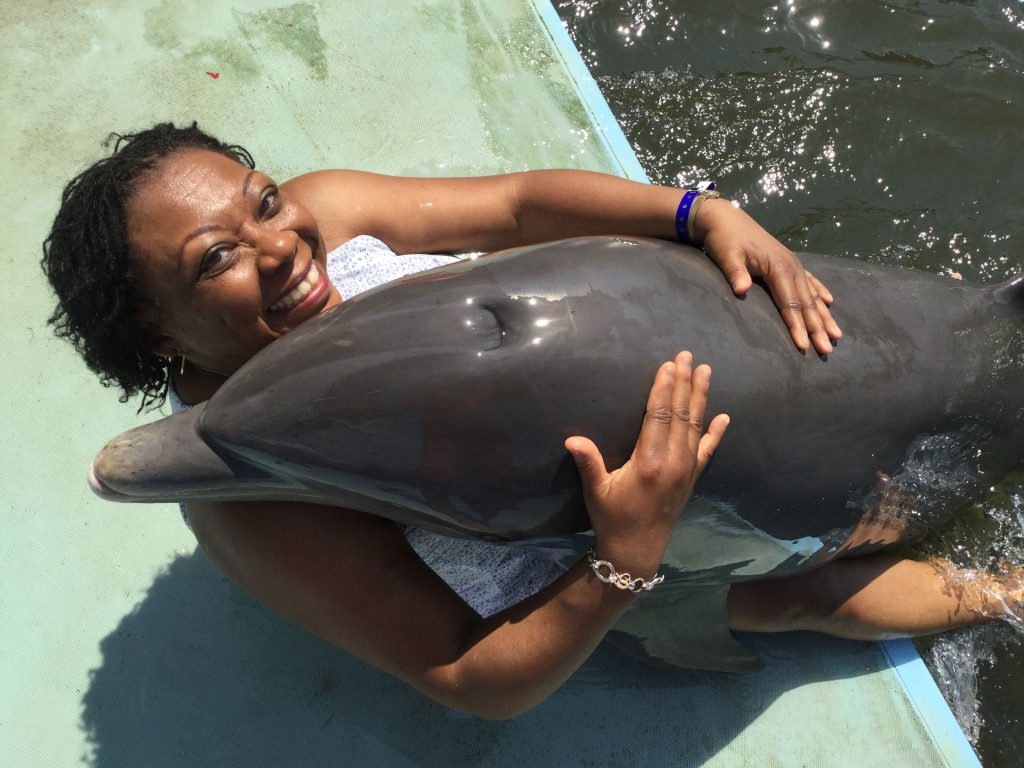
Escuela Latinoamericana de Medicina (ELAM) Latin American Medical School (LEAM)
If you have older children who are aspiring doctors, a tour of Escuela Latinoamericana de Medicina (ELAM) in Havana is a must. The little known school has an excellent medical program. Students from all over the world, including the US, earn medical degrees on a full scholarship. Every parent’s dream….
[alert type = white]
What to Know Before you Go:
There are still travel restrictions to visiting the Island of Cuba. Check with your travel agent or sponsor organization for the categories of travelers currently permitted.
Visas are required and should be carried with you at all times.
Electricity is 110 volts (US and Canada), however some of the older places have 220 volts.
The currency is Cuban Convertible Peso (CUC). When changing US dollars there is a 10% fee. US debit and credit cards are not accepted anywhere. Some street vendors will accept US dollars.
There are lots of stray cats and dogs in Havana’s streets so be mindful of sick or injured animals.
If you have dietary needs that restrict salt or pork, be cautious about your food selections. Almost everything contains salt and one of the staples of Cuban cuisine is pork. However, there are lots of fish and chicken options.
Cubans are extremely nice and are willing to offer you the best of what they have. Don’t be an ugly tourist and complain if circumstances are not exactly what you’re used to at home.
[/alert]

